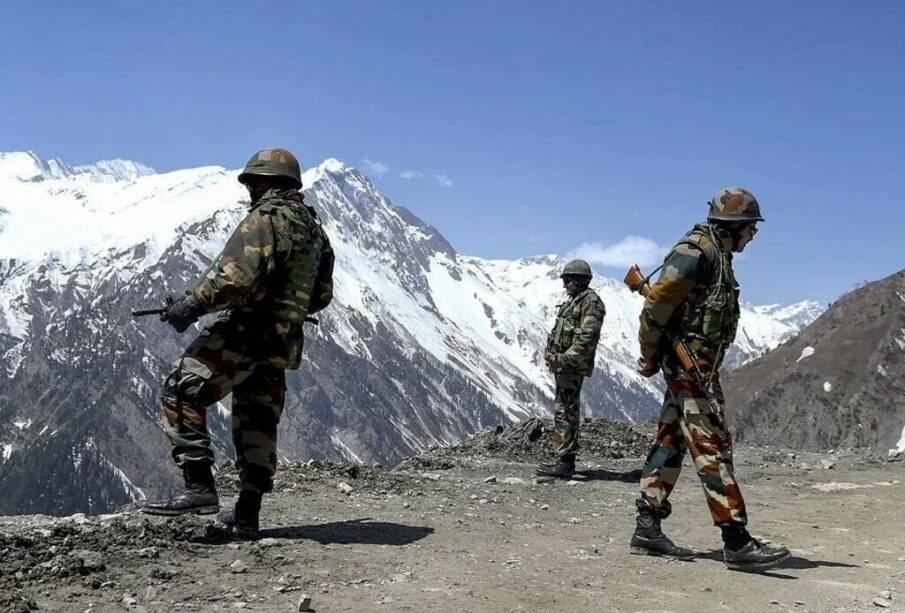Indian and Chinese troops disengaging from western Himalayan area
 Photo: Agencies
Photo: AgenciesIndian and Chinese troops have begun disengaging from the Gogra-Hotsprings border area in the western Himalayas, both sides said, two years after clashes at the frontier strained diplomatic ties.
The disengagement comes ahead of a meeting in Uzbekistan next week that Chinese President Xi Jinping and Indian Prime Minister Narendra Modi are expected to attend.
Both sides said disengagement was taking place in a coordinated and “planned” way that would help to keep peace on the border.
“The eyeball-to-eyeball contact has ended,” an Indian defence source said on Thursday, although both countries still had thousands of soldiers lined up along the de factor border, known as the Line of Actual Control (LAC).
“The forces have disengaged. They have not been de-inducted.”
“This is the first step towards a calmer LAC,” the source said, declining to be identified as they are not authorised to speak to the media.
China’s defence ministry said on Friday that troops from both sides had started to disengage in a “synchronised and planned” manner.
“This is conducive to maintaining peace and tranquillity in the border areas,” the ministry said.
India and China share an undemarcated 3,800 km-long (2,360 mile-long) border, where their troops previously adhered to long-standing protocols to avoid the use of any firearms.
There have been 16 rounds of meetings between senior military commanders from both countries since June 2020 when Indian and Chinese troops clashed in the Galwan area of the Ladakh region.
At least 20 Indian and four Chinese soldiers were killed in hand-to-hand fighting, leading to a sharp escalation in tension between the nuclear-armed Asian giants.
India moved some 50,000 troops along contested areas in Ladakh to match Chinese deployments, some of them at altitudes of more than 15,000 feet (4,572 m), where scarce oxygen and freezing temperatures can be life-threatening.
Chinese troops dismantled dozens of structures and moved vehicles to empty out entire camps from the banks of the Pangong Tso lake in Ladakh in February 2021, as part of an agreement to pull back their soldiers, some of whom were deployed in close proximity to each other.
SOURCE: REUTERS










